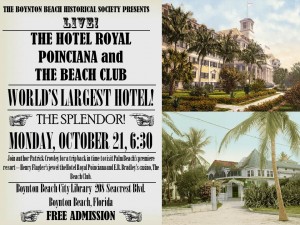For this blog we are pleased to have a another Boynton Beach Fire Department history installment from our resident guest blogger, Michael Landress of the Boynton Beach Fire Department
An interesting early morning structure fire during the late 1940s occurred at a tiny pub called the Jungle Inn Bar located in Briny Breezes. The inn was a popular drinkery owned and op…erated by a man called “Biggin” Baskin — aptly named due to his mountainous size.
The fire began as an unattended barbeque pit that was used inside the tavern collapsed in the wee hours of the morning, sending smoldering coals crashing to the ground. The unabated embers ignited the wooden floorboards and flames quickly rolled up the walls.
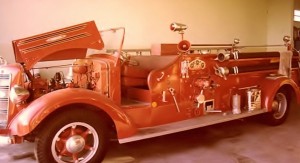
This 1946 Mack 500 GPM Piston Pumper is the truck used during the Jungle Inn Bar fire. The fire engine would prove its worth, as it was still in service in our department during the 1970s
The department had recently purchased a 1946 Mack 500 GPM piston pumper and Boynton firemen responded to the blaze with the new engine. On arrival, they found the inn totally insulted by fire. They staged the fire engine parallel to the tangled mangroves and Intracoastal Waterway (ICW) in hopes of drafting water, as hydrants were few, or non existent.
In the chaos that ensued, the weary operator engineer [driver] stood aghast at the pump panel. Scratching his head in disbelief, he had forgotten the sequence for pumping. Fireman James I. Lacey then stepped up to the panel and quickly engaged the pump. As other firemen began to pull multiple sections of hose and nozzles from the engine, James deployed the hard suction, complete with strainer into the saltwater, thus beginning the drafting process.
They valiantly battled the blaze until dawn.
“It was saltwater, but it was wet. We pumped water until daybreak and finally extinguished the fire. It was a good thing because we noticed that our drafting hose and strainer were dangling in mid air. The water level had dropped considerably. We thought that we had drained the canal until we realized it was an outgoing tide! We all enjoyed a hearty laugh.”
~ Fireman Lacey
Michael Landress is a native Floridian and novice historian. He has spent the previous 15 years as a professional firefighter/paramedic for the City of Boynton Beach Fire Rescue Department. He holds a BA from St. Thomas University in Miami, Florida and his hobbies include; spending time with his two teenage sons, writing, photography, supporting the Miami Dolphins and saltwater fishing.


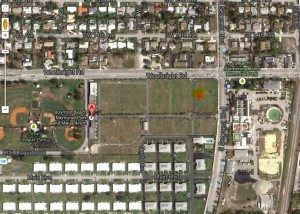
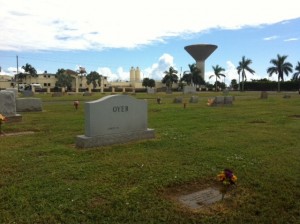
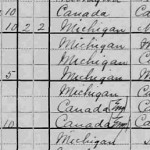
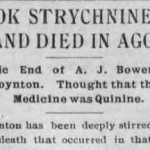
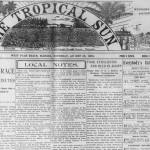 According to the news article, Albert Bowen had worked hard all day in the fields, planting pineapple slips and came home tired and achy. He took some medicine and what he thought was quinine. Shortly after supper, he retired to his bedroom. Another boarder heard a disturbance and upon investigation found Bowen writhing in agony, screaming and convulsing. Joseph Freedlund went to West Palm Beach on the first train out and summoned Dr. Merrill, who rode back in a carriage driven by Richard Gardner, only to find Bowen’s soul had long left his body. His heart-broken wife and neighbors said Bowen made a mistake and took strychnine instead of quinine.
According to the news article, Albert Bowen had worked hard all day in the fields, planting pineapple slips and came home tired and achy. He took some medicine and what he thought was quinine. Shortly after supper, he retired to his bedroom. Another boarder heard a disturbance and upon investigation found Bowen writhing in agony, screaming and convulsing. Joseph Freedlund went to West Palm Beach on the first train out and summoned Dr. Merrill, who rode back in a carriage driven by Richard Gardner, only to find Bowen’s soul had long left his body. His heart-broken wife and neighbors said Bowen made a mistake and took strychnine instead of quinine.

